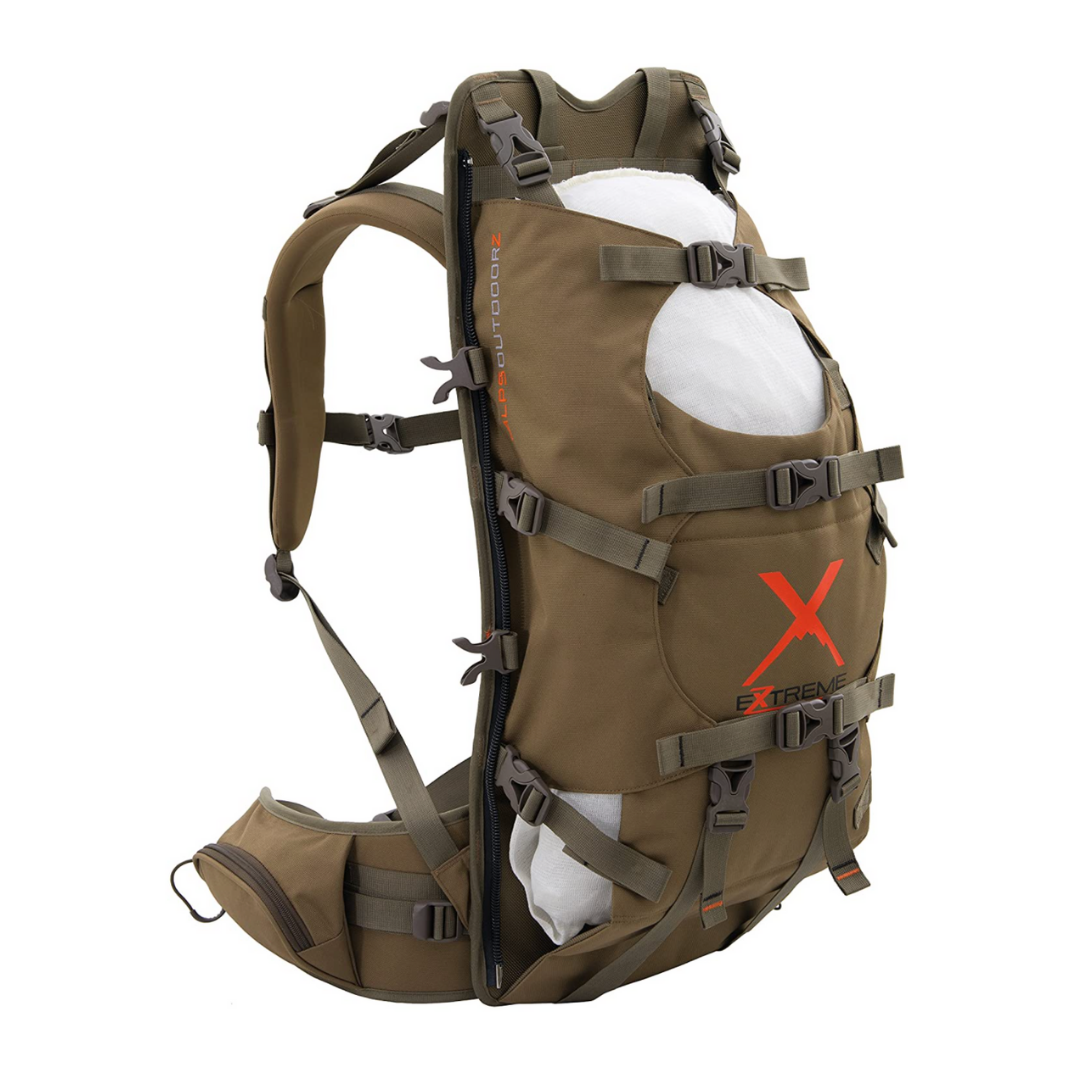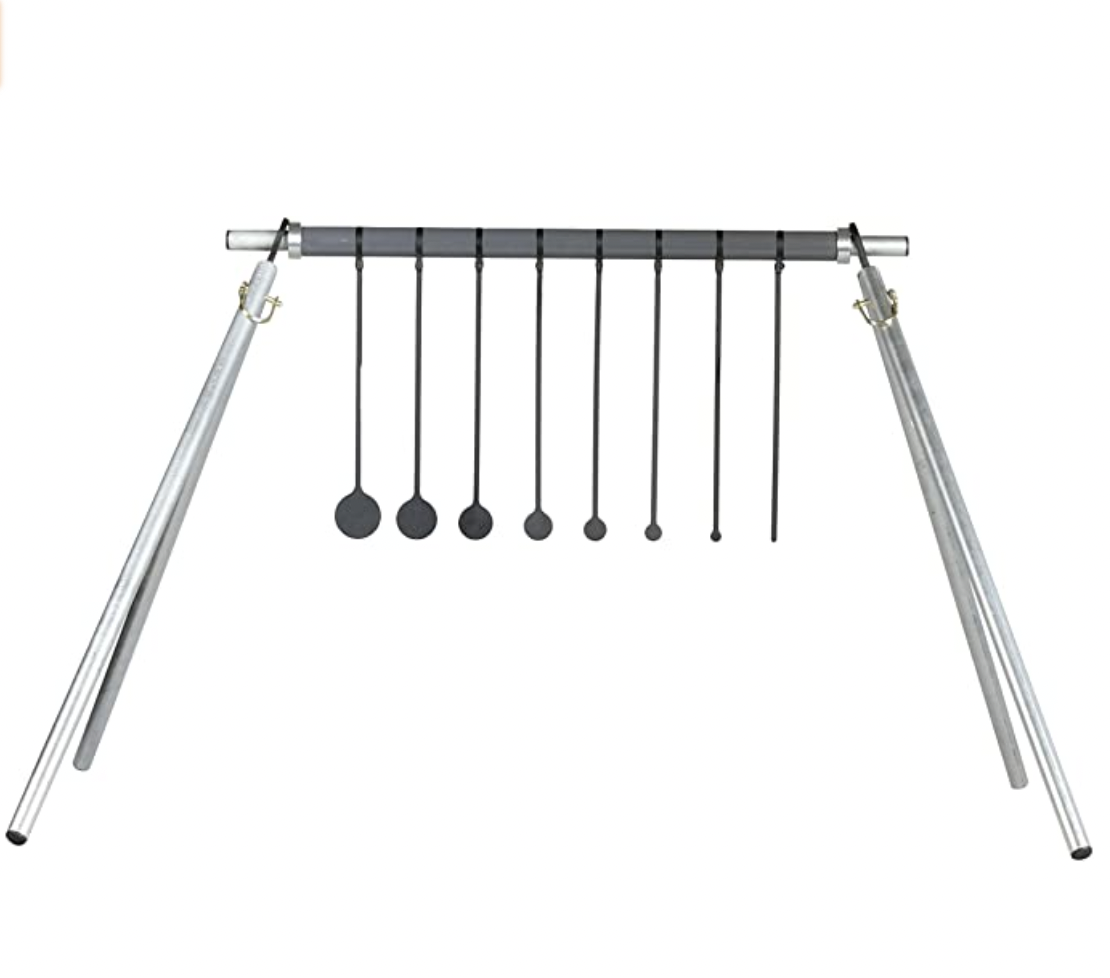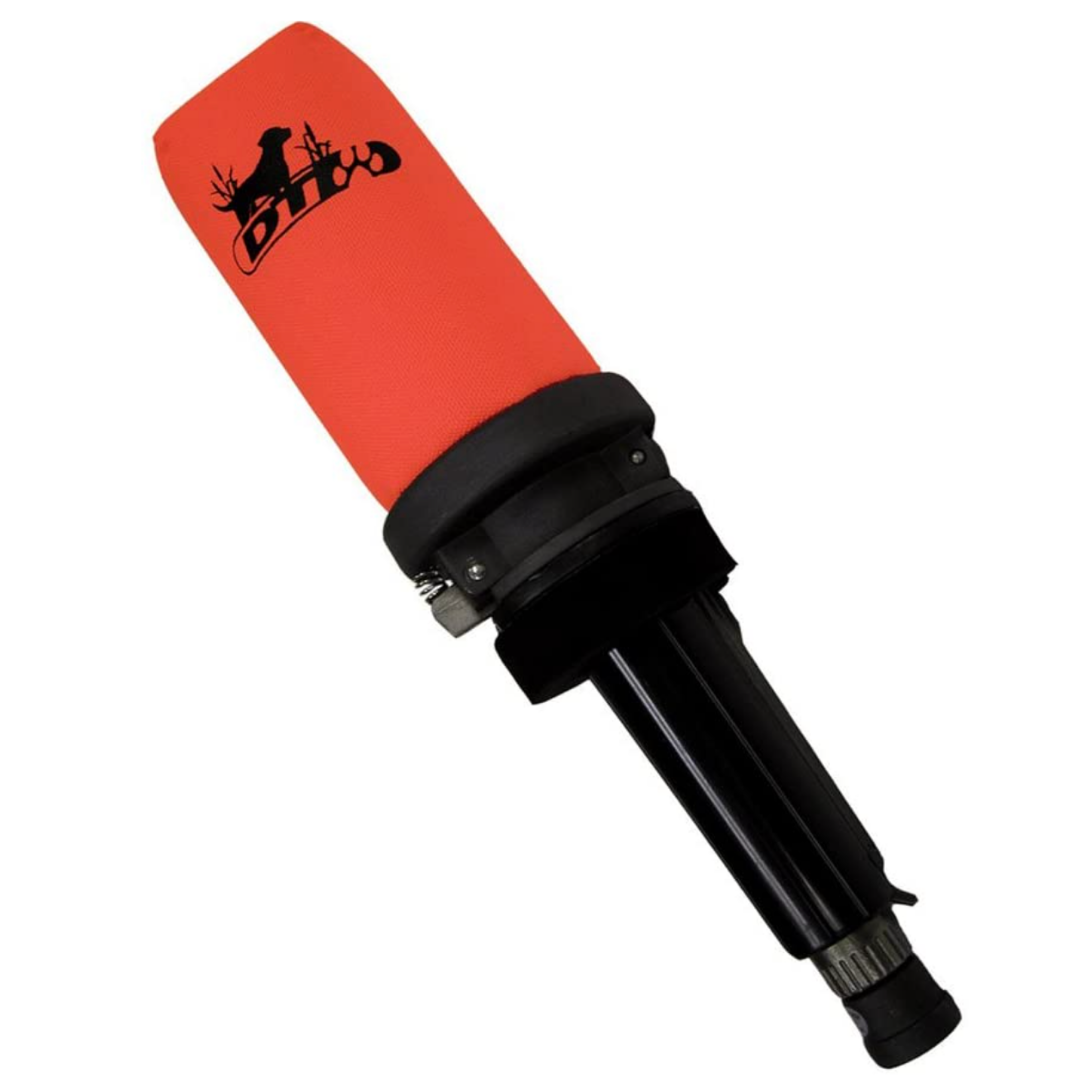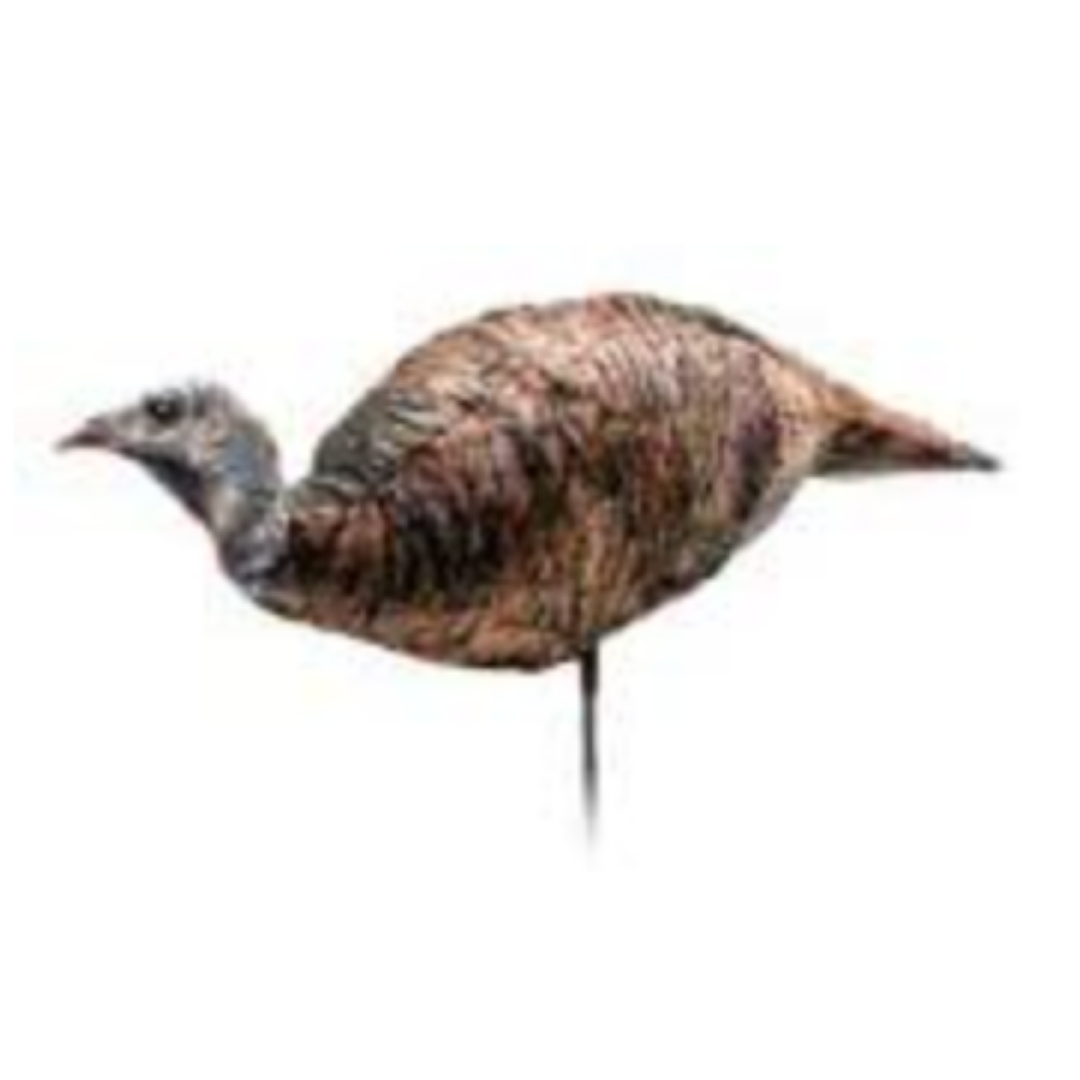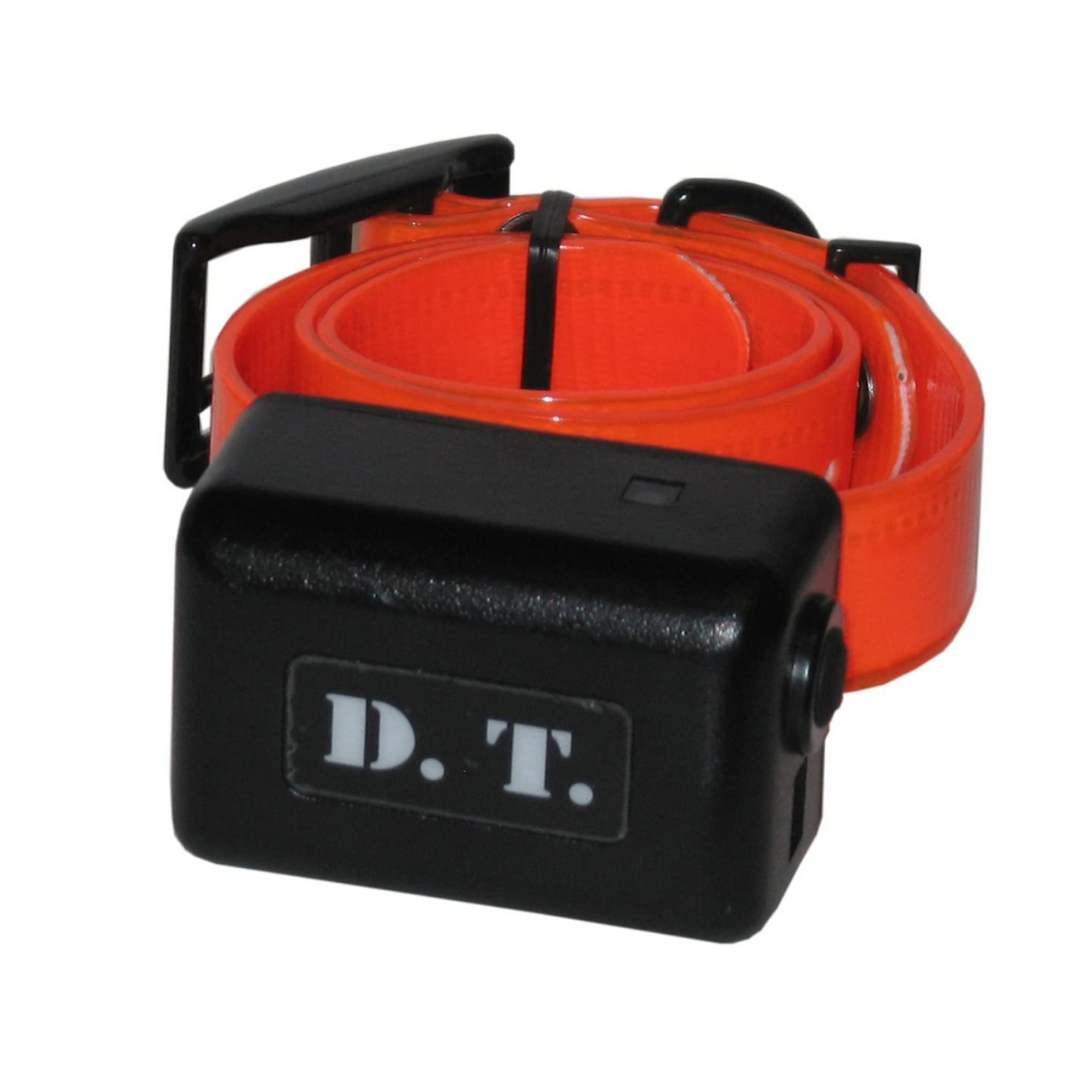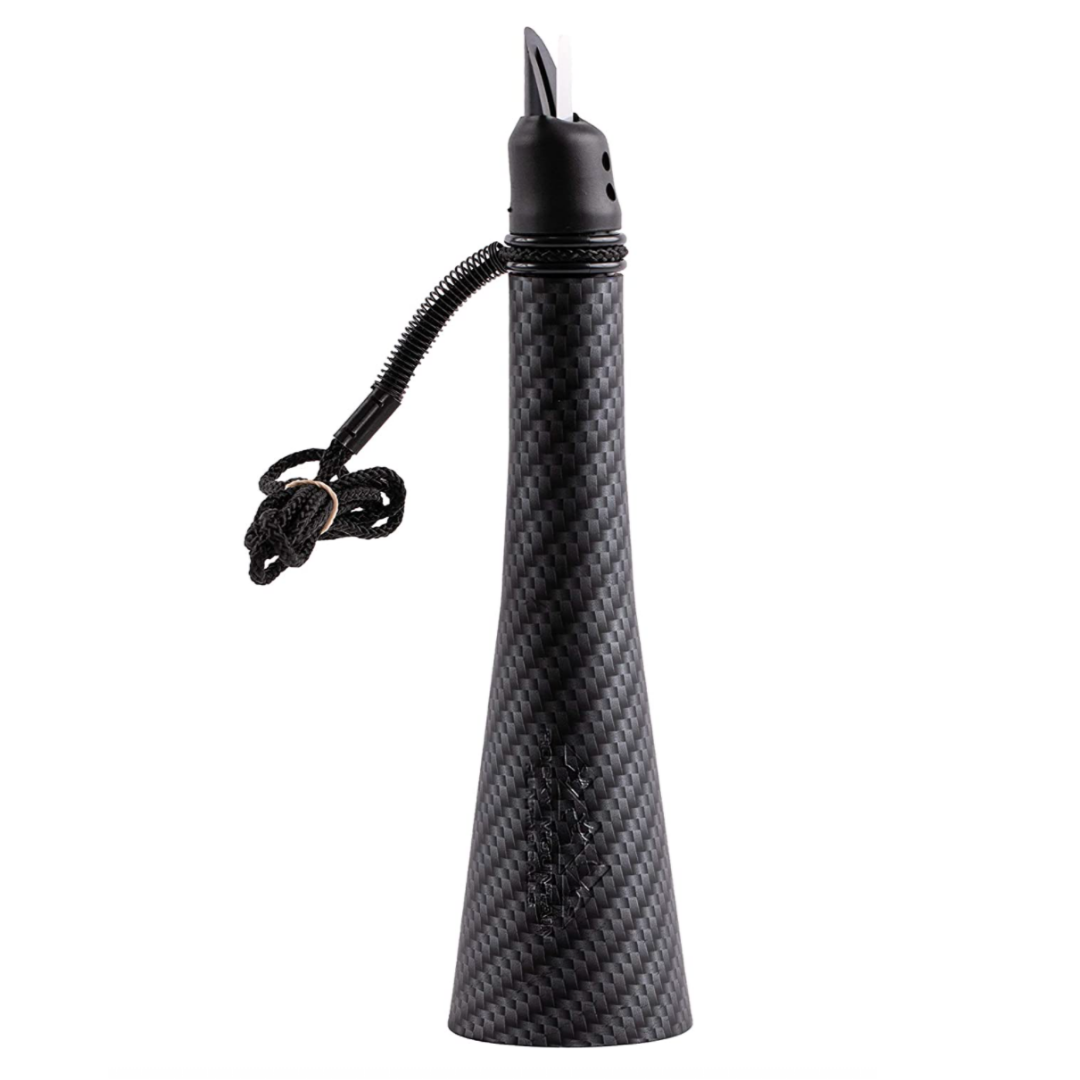Shed Antler Hunt for Archery Elk Advantage
Kayser celebrates solo, DIY success on public land with his best archery bull to date. He found this area while spring shed antler hunting and even picked up a shed antler from the bull during a spring outing. Public-land DIY archery elk hunting is taxing enough without knowing where to find elk. I find them by antler hunting in spring. You can too.
For me, elk scouting is a year-round activity, but spring is one of the most revealing times because it gives me a head-start on fall elk success.
The Shed Road To Success
Finding a fresh, cast antler indicates the bull that dropped it survived through the previous hunting season and a harsh winter. Barring any unforeseen accidents or predation, the bull should be around next September. But where?
You may fear that bull will migrate far from its wintering grounds by fall. Possibly, but in the country I hunt, most elk drop straight down using the path of least resistance. I imagine they do similar things in many other areas or at least that same hunting unit or one nearby.
Some winter range accommodates elk from a wide area of high-elevation country, but even there shed antlers reveal the density of mature bulls in that area.
Other areas offer everything elk need so they do not migrate long distances, if at all. This is especially true of elk that live below 7,000 feet. It is up to you to determine where your targeted herds spend their summer and fall. Visit with biologists and conservation officers. They often take winter counts. Wildlife professionals tend to have a good idea of where the elk are arriving from on most winter range. Locals may also be willing to share insight, especially those that pursue migrating elk during late-season hunts. Dig deep, put your clues together, and you could discover a new area in which to antler hunt and scout for future hunting spots. The more freshly dropped antlers you find, the more excited and determined you’ll become.
This 7-point shed elk antler came off of Kayser's largest bowkilled elk that scored nearly 380 pointsKayser makes notes on his hunting app while spring shed elk antler hunting. He is continually marking rutting locations and routes into rugged countryOne of my favorite shed antler haunts includes a series of steep slopes that attract elk from two different hunting units. They winter in a third, lower-elevation unit. The elk drop from summer refuge that exceeds 10,000 feet. It is not always obvious if a particular shed antler is going to be from a bull I can hunt in my targeted unit, but I do get a good sense of the number of mature bulls in an area or if something is oddly off with bull-elk density.
If elk live year round where their antlers drop, you should find not just antler sheds, but rubs and wallows from the previous year. Use these clues to find north-slope bedding and feeding areas. Mark them on your hunting app and you have a jumpstart on next season for ambush locations. Every spring I am surprised at the rutting sign I discover in low-elevation settings. There could be several reasons for this phenomenon, but private-land forage crops and no-hunting refuges are a big part of it. Consider hunting public lands along the edges where elk error cross the line to spend some of their time on the public side of the fences.
As you scout for antlers, you might stumble across the carcasses of winter-killed elk. This hints at potential herd densities to expect in the fall. Winter rarely befriends elk. The stresses of cold, limited forage, and predation take a toll. Bulls burn off much of their stored fat during the rut, making them, along with the calves of the year, susceptible to winter kill. If you find numerous dead elk in any given area, report it to the state game and fish agency, and ask them if they think the die off could affect hunting success.
Although many elk migrate, some live in the same area throughout the year. You may discover rutting sign, as Kayser sees here, indicating a possible hunting area. Mark those clues on your hunting appElk antlers and sightings aside, any hike into elk country provides you with the opportunity to learn access routes. In tame settings that might not be important, but in steep country characterized by dark timber, shale slopes and cliffs, knowing the shortcuts is a godsend. Mark good routes on your hunting app to use while navigating in, out and through your hunting area. This is especially valuable in the dark or when you’re packing out with 100 pounds of elk lashed to your back.
Lastly, be ethical. Elk in early spring are at their weakest. Disturbing them adds stress that could cause cows to abort calves, push herds to higher elevation, possibly into the claws of a predator. Mostly, though, disturbing herds makes them waste energy they may not be able to replace before spring green-up. It could be the last straw. Protecting herds from unnecessary stress is why many wintering areas have seasonal closures. Pay attention to regulations. The elk you save could be the ones you stalk next fall.
Timing
Spring shed antler hunting reveals many secrets of elk country including possible mortality in a unit. Kayser examines a bull he found in the spring that he believes may have been ambushed by a mountain lion. Elk begin dropping antlers in March and continue into April in most regions. Simultaneously they begin migrating back to their summer ranges. It’s smart to postpone your spring shed hunting excursions and avoid disturbing elk. If you do encounter them during your searches, quietly leave the area or circle wide to avoid spooking them.
A quality binocular helps Kayser scan for antler tips in an open basin and look beyond for elk herds he wants to avoid during his spring shed antler hunts.Shed antler hunting doesn’t match the thrill of bugling in a bull or stalking into bow range. And the dead bones you collect aren’t the equal or grilled backstraps. But shed alters are exciting finds. They can be used for decor and handicrafts or sold for cash. More importantly for me, sheds — and especially the search for them — provide firsthand knowledge of my hunting grounds. Get out there and discover the clues to begin mapping a path to your next archery elk success.
Sig Sauer Electro-Optics ZULU7 10x42 mm HDX Binocular www.sigsauer.com/electro-optics
Wildlife Research Center Scent Killer Gold Field Wipes (when nature calls) www.wildlife.com
Cabela’s Hunting Boots, Zamberlan Saguaro GTX Boot www.cabelas.com
For more about Mark Kayser and ways to follow him on social media, visit www.markkayser.com.
CONTACT INFORMATION
Mark Kayser Hunting Lifestyle www.markkayser.com






